Biodiversity is the second unit in the Biology course. In this unit, you will learn about genetics and evolution. This unit has sections on:
- Genetics
- Adaptation
Learning By Doing
This is an activity based curriculum, where you learn by doing. Here are a few of the activities to choose from in this unit:
- Make a notebooking page and a Punnett square about Gregor Mendel
- Play a game about family traits, things that are passed on through families
- Make gingerbread cookies to show how sexual reproduction mixes up genes in offspring
- Roll a die to determine the genetic traits of an imaginary dragon, then draw your dragon
- Learn about population genetics with moths
- Write a genetic code for a bug, then watch out for mutations in the code
- Do an outdoor hunt for yarn “worms” to model variation and species fitness
- Learn about and craft arctic and red foxes to see how a species can adapt to new environments
- Make a notebooking page about Charles Darwin and his life
- And much more!
Each Layers of Learning Science unit includes library lists of books, a family read-aloud suggestion, hands-on activities, printables and paper crafts, sidebars for extra learning, and tools to help you assess student’s progress and mastery. You can learn more about how Layers of Learning works in the Curriculum Guide. You may also want to purchase the Science Guidebook for even more information on how to teach and learn with Layers of Learning Science.
See Inside
Here is a two-page spread from Biodiversity:
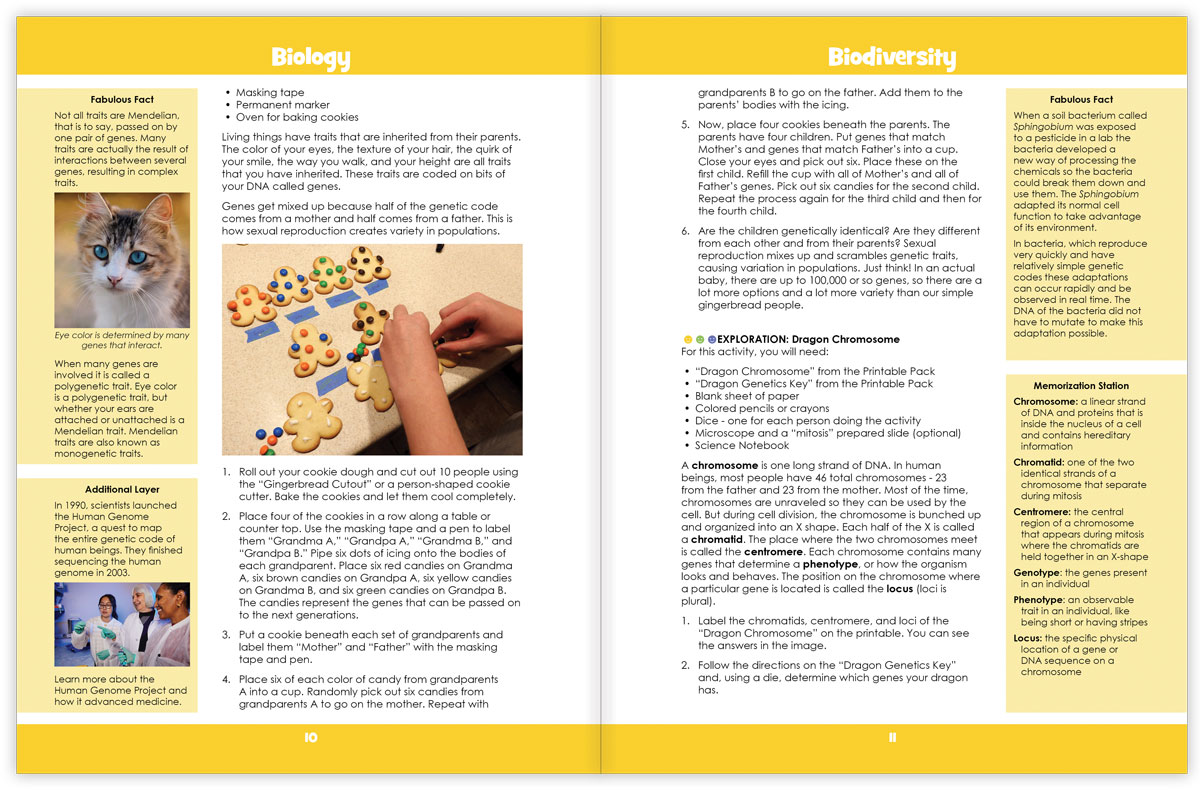
Sidebars with extra learning ideas and facts line the center section of lesson plans and hands-on activities. This is a pick-and-choose curriculum so you decide on the things that will fit your interest and needs. Along with your hands-on activities you will be reading books from the Library List and watching videos from the YouTube playlist. The reading and videos serve as the lecture and the activities serve as hooks to make learning deeper and memorable . . . not to mention fun.
Flexibility
This unit was written to be used for a month but contains plenty of content for many more weeks of learning if you choose. This is a pick-and-choose curriculum, meant to be cycled back to in the future when your child is older. As such, it intentionally includes far more material than you can possibly cover in a month.
Biodiversity is also part of the overall Biology course, the second Year of the four year Layers of Learning Science cycle. If you use the program in order, it will take you though the four branches of science from Earth & Space to Biology to Chemistry to Physics in a logical progression where skills are learned and then practiced and used. However, each unit stands alone and can be used independently of any other unit and in any order.
Printable Pack
This unit comes with a downloadable Printable Pack that includes all the student worksheets. The printables can be copied as many times as needed for your family or class.
You can download the Printable Pack from your receipt or from your account at Layers of Learning.
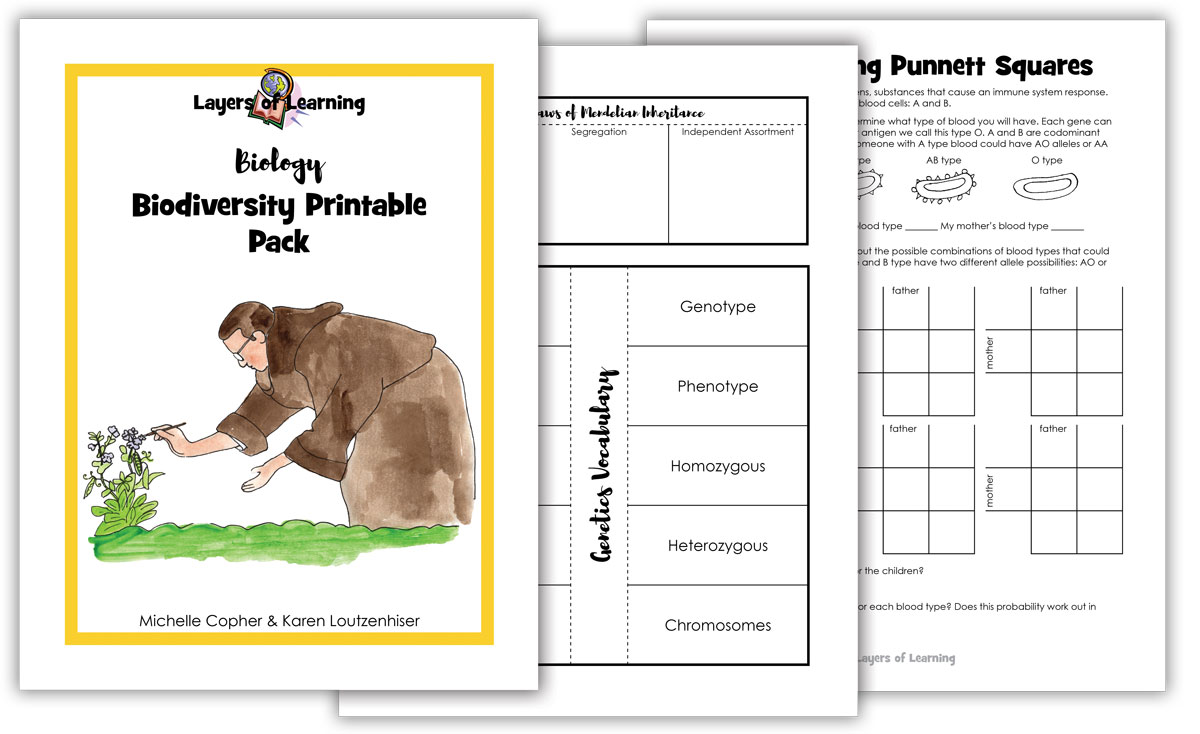
Extra Resources
This unit comes with extra weblinks and a YouTube video playlist on the Biology Resources page.
A Personal Note from Michelle & Karen About Evolution in this Unit
We wish we had a word other than “evolution” we could use in this unit. Evolutionary biology is so fraught with controversy that when we use that word, people automatically make assumptions. First of all, everyone thinks all evolution is Darwinian evolution and the Modern Synthesis, even if they aren’t sure what these terms mean. Secondly, evolution has been tied philosophically to the rejection of God. Finally, even though nearly everyone accepts that some aspects of evolution are true (for example, species have emerged and gone extinct over the history of the earth), very few people understand how that relates to Darwin’s ideas. Accepting parts of evolution does not necessarily mean accepting the entire concept of man originating from apes. We can still give Darwin credit for proposing that living things do change and adapt over time.
Much of the evolution confusion is due to the dogmatic desire of proponents of evolution to find an alternative to God rather than to actually follow the science where it goes. This means that evolution is taught in schools and reported on by the media in surface-level sound bites without much high-confidence evidence. Where real challenges to the scientific aspects of evolution exist, they are often dismissed. Conversely, where real scientific evidence of aspects of evolution do exist, religious people often dismiss those.
Personally, we don’t think that the Modern Synthesis (the most commonly accepted overall version of evolution) answers all the questions it needs to in order to be a sound scientific theory. Some of its holes, such as the lack of evidence for random mutations being a driving force of evolution, put the theory into question. It is much more accurately described as a hypothesis than a scientific theory.
But that doesn’t mean we reject all of the concepts of evolution. We think it needs a lot more work and open-minded inquiry before it matures into a solid scientific theory. We think that when it does reach that stage, it will support a Creator rather than deny one. These are our personal beliefs. You may see things differently, but regardless, we hope that throughout this unit, you will do a lot of your own research and thinking.
Last of all, we would like you to know that we did our best to thoughtfully write this unit in an open, non-biased way. We present ideas and offer resource suggestions across the range of viewpoints. We also present the experimental evidence for the ability of life to create variety and adapt to survive in a changing world. How you present the topic, whether from a secular or religious point of view, is entirely up to you. You pick the books, the videos, and the focus. Whether you believe in evolution as it is commonly taught today or not, your kids should, at the very least, be familiar with the concepts. Above all, we hope you recognize our attempts to present information in an unbiased way that will make it easy to adapt for your own family.

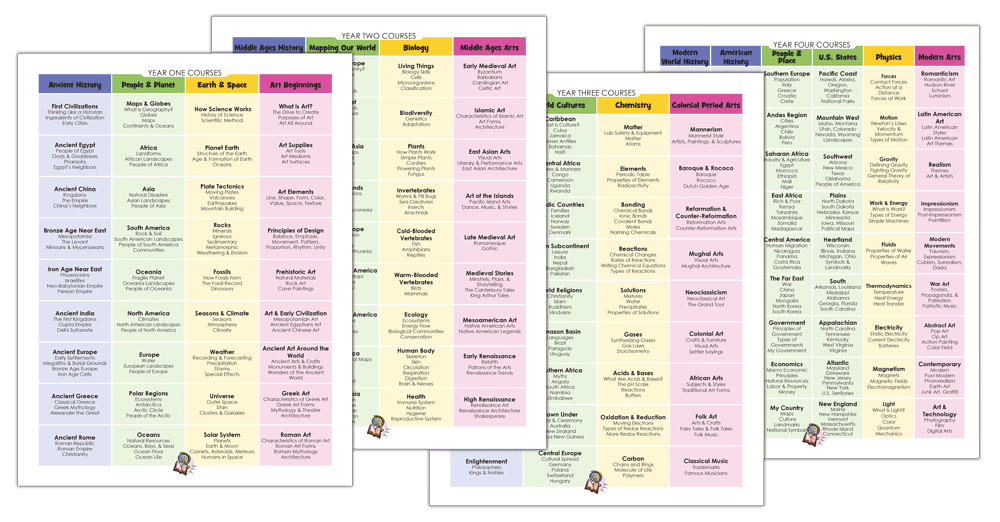
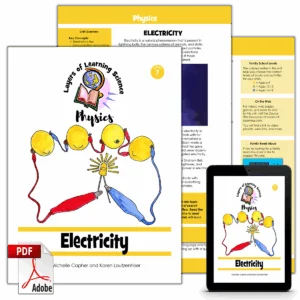



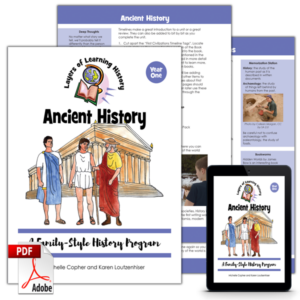
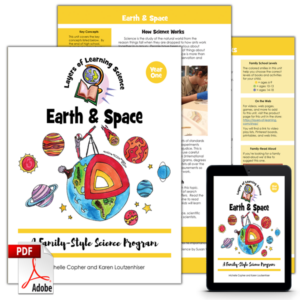
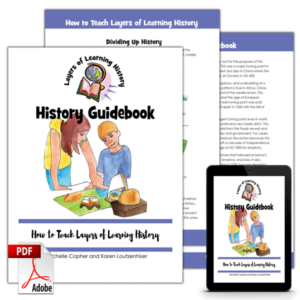
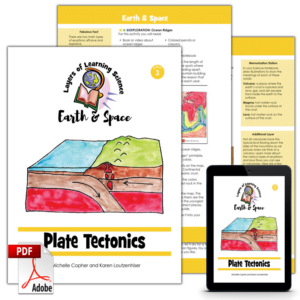
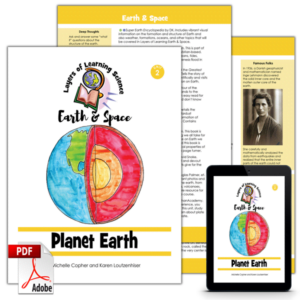
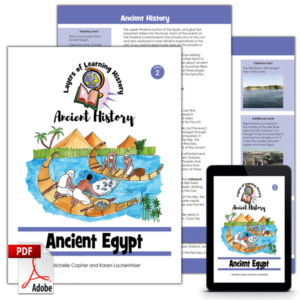
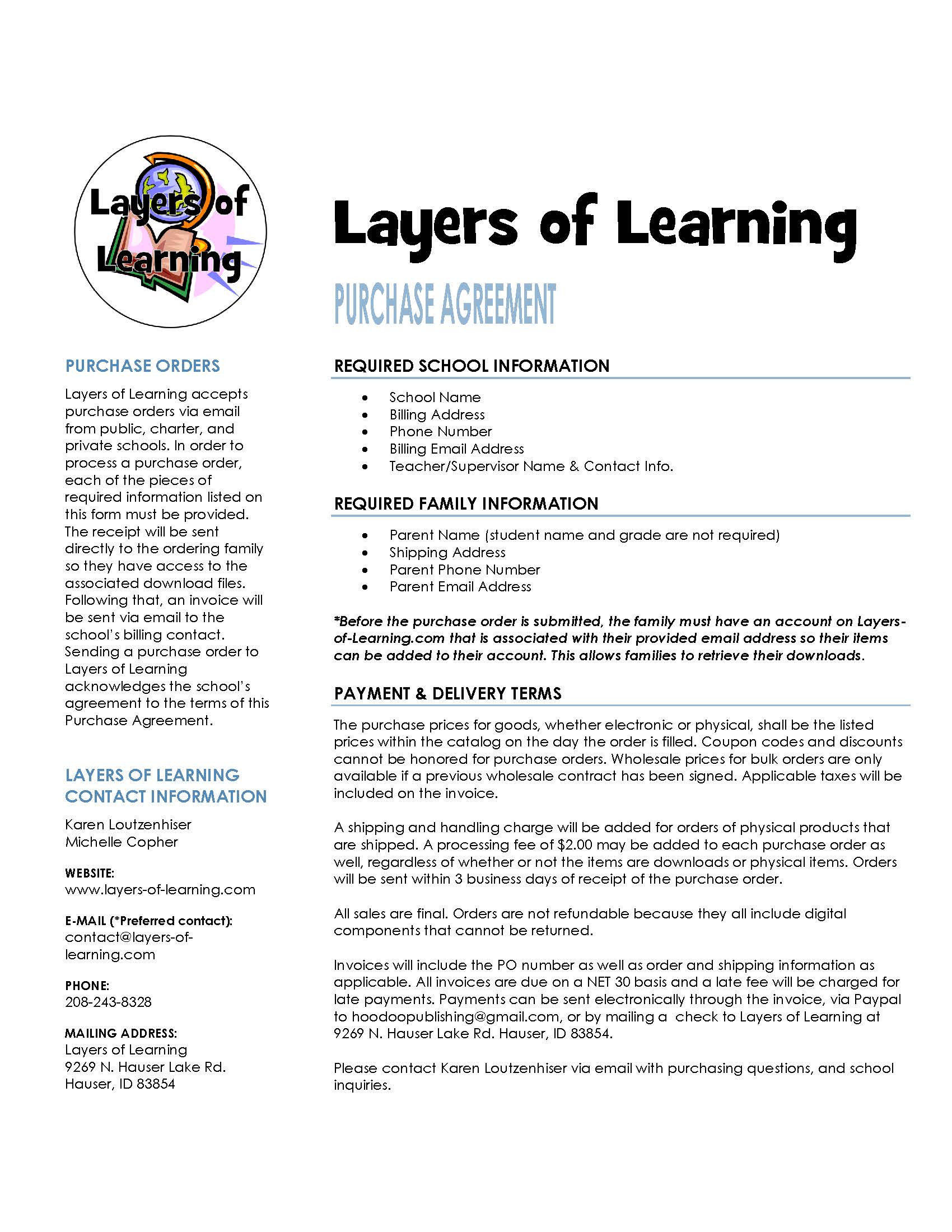

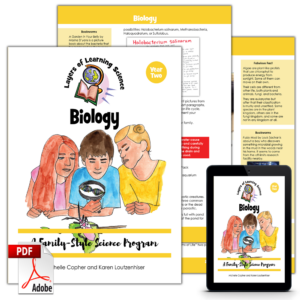

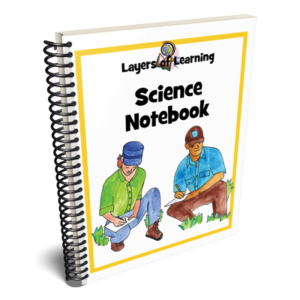

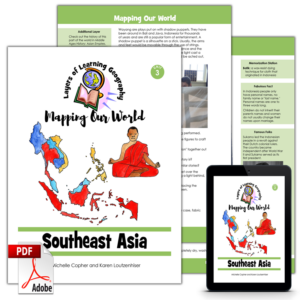

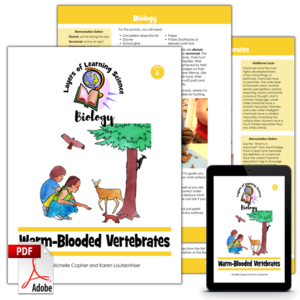
Kaya Seaton –
I have elementary, middle, and high school students, and this science unit had great activities for all age levels! My kids had a lot of fun with Punnett squares, genetics, and DNA. Hands down favorite activity was the Dragon Chromosome, followed closely by Gingerbread Genes.